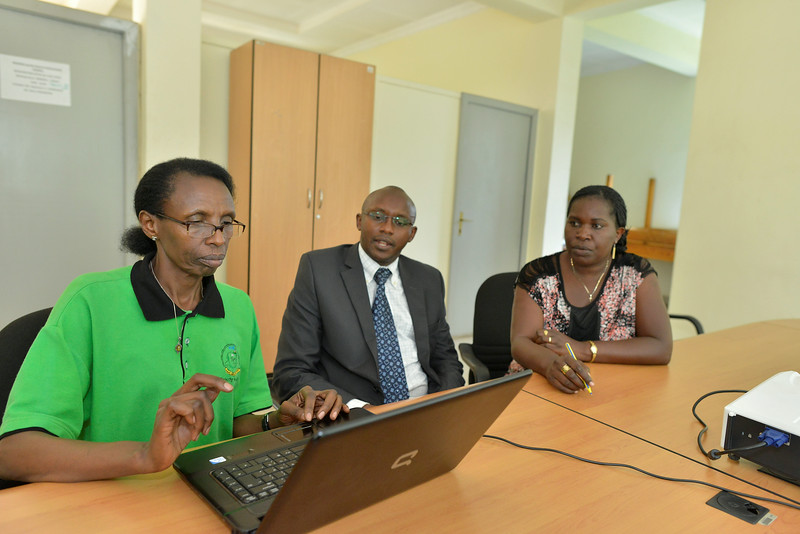ABCs for Managers who Lead – S is for Scan


Imagine for a moment that you are in a hot air balloon gliding soundlessly through the sky at about 1000 meters up in the air. If you look down, what do you see? There are certain things that stand out – a tall building, waterways, forests, traffic, and may be people.
This is what scanning is like. You take a big picture view of your team, your organization and the environment in which you operate and note what stands out as being present or absent.
Just as you saw very different objects from your hot air balloon – some natural and some man-made; some large and some small; some moving and some stationary – you will ask yourself what is standing out when you look at your team, your organization, and the broader environment in which you work. There also might be things that you don’t see that you would like to see.
Of course, not all information you gather is pertinent to your purpose in scanning. For that reason, first you want to identify the purpose for which you are scanning.
When you are scanning your team, some of the things that might stand out as both present or absent could be the capacities and strengths of the team members, the space in which your team works, the results the team has achieved over a specific period, and the relationship the team has with other departments and the quality of the overall organizational and external environment (e.g. political, social, legislative, cultural etc.) in which they work.
In MSH’s Leadership Development Program we include scanning as one of four leadership practices. We define scanning as “identifying client and stakeholder needs and priorities.” In some contexts, it can be easy to overlook the fact that the team or organization has “clients” just as a commercial business might have and we need to be clear about who the stakeholders are (e.g. donors, the population served, another department in the same organization, the government, etc.).
The four specific activities we associate with scanning are:
- Recognize trends, opportunities, and risks that affect the organization
- Look for best practices
- Identify staff capacities and constraints
- Know yourself, your staff, and your organization—values, strengths, and weaknesses
We attribute an important organizational outcome to scanning, specifically that “managers have up-to-date, valid knowledge of their clients, and the organization and its context; they know how their behavior and results affect others.
Note: While you may do a comprehensive scanning exercise once a year, you are always scanning to determine the situation and context of your activities. So, scanning is not a one time or annual activity.
Scanning well
To scan well, here are some questions to get you started:
- What is my purpose in scanning? What is it that I want to know (better)?
- What information is relevant for this purpose?
- What source(s), internal and/or external, do I need to use to gather intelligence?
- Who or what can help me in my scan?
- How do I determine the relevance of the information I collect?
- How do I organize the information I obtain?
- How will I use what I learn?
See for yourself
Environmental Scanning: Looking ‘Outside’ for Strategic Intelligence. Although written in the context of Forest resources, the principles and suggestions apply to any field.
Best of Visions for the World in 2035 – Future Leaders @EU Policy Lab




Responses